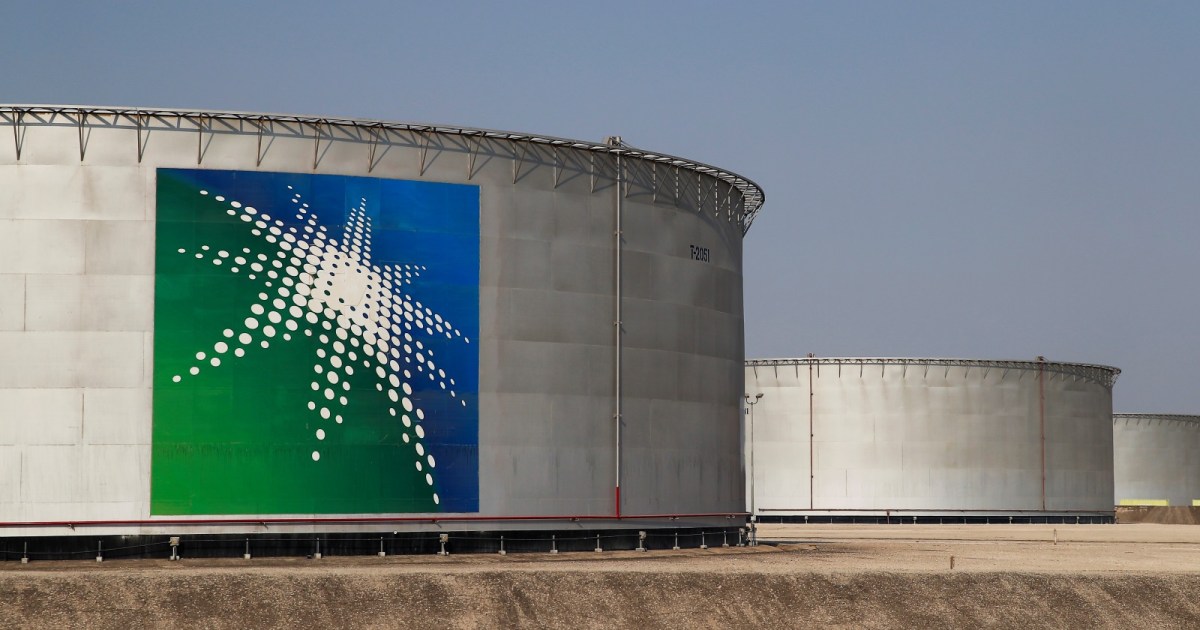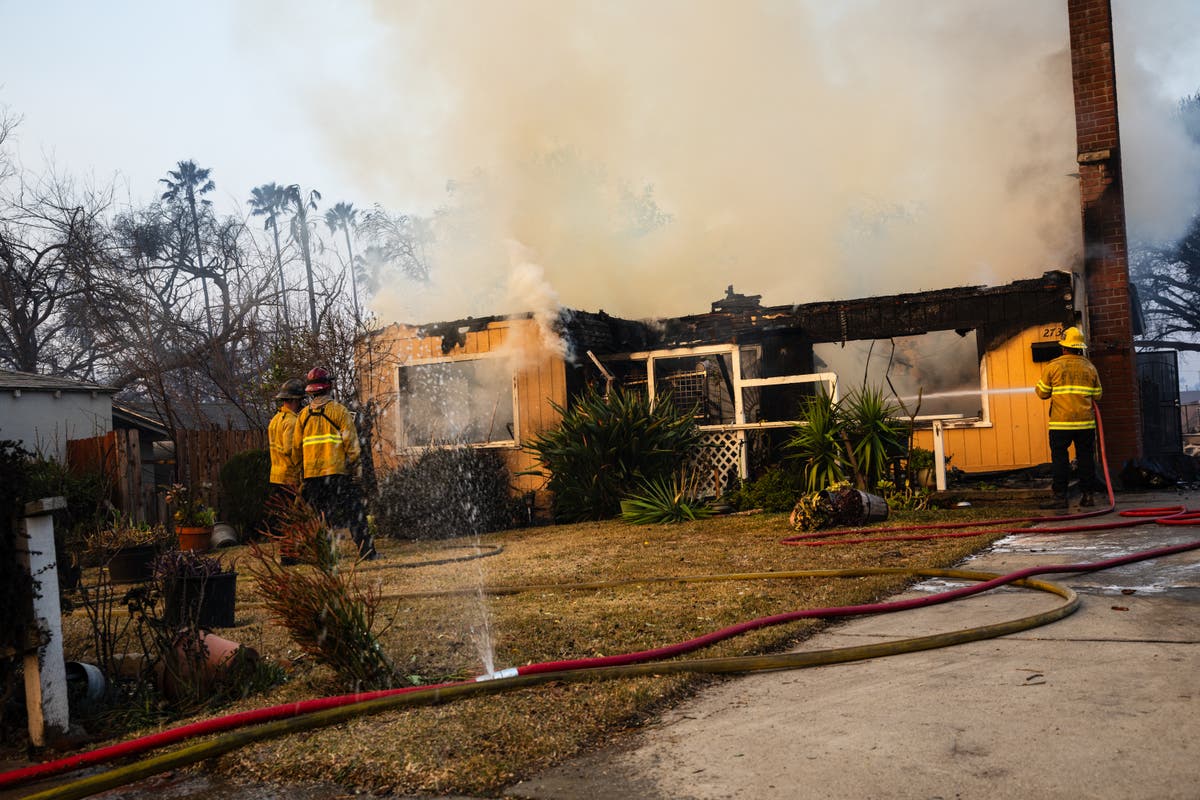Company announced Aramco Saudi Oil Company reported on Tuesday a 15.4% drop in third-quarter profits due to the decline in crude prices and weak refining margins, but it still maintained its dividends at $31.1 billion for the third quarter (core profits and performance-related profits).
The company achieved a net profit of $27.6 billion in the three months to September 30, exceeding the company’s average estimate of $26.9 billion. Earnings include $10.8 billion in performance-related payments.
Aramco introduced performance-linked dividends last year after strong profits in 2022 when oil prices rose, in addition to a basic dividend that is paid regardless of results, which is uncommon among listed companies.
Aramco said it expects to declare total dividends of $124.3 billion in 2024, of which $43.1 billion will be performance-related dividends.
Aramco’s stock fell about 17% this year, lagging the performance of major Western oil companies Exxon and Shell, and generally in line with the performance of BP, whose stock lost 18%.
The company stated that developments in the exploration and production sector work to enhance production flexibility and progress in expanding the gas field, and that the renewable energy program is progressing with the financial closure of 3 solar photovoltaic projects with a total expected capacity of 5.5 gigawatts.
The President and Chief Executive Officer of Saudi Aramco, Amin bin Hassan Al-Nasser, said that the recent issuance of international sukuks worth $3 billion contributed to highlighting the strong confidence of investors in Saudi Aramco.
He praised the great progress that the company continues to achieve, while maintaining high levels of profitability, operational performance and reliability.
Aramco and Plan 2030
The government depends Saudi Arabia – which directly owns approximately 81.5% of Aramco – largely depends on the company’s payments, which also include royalties and taxes.
The sovereign Public Investment Fund owns an additional 16% of Aramco and also benefits from its profits.
The fund, whose portfolio of projects is approaching $925 billion, is managing a wide-ranging economic strategy known as Vision 2030 to reduce the Kingdom’s dependence on oil.
The plan invested huge sums in various sectors, ranging from sports and electric cars to building modern cities in the desert.
Saudi Arabia pumps about 9 million barrels per day, or about 75% of its capacity, after agreeing on reductions with members OPEC And allies, including Russia.
Brent crude oil was trading at $75.12 per barrel on Tuesday, and prices moved in a narrow range before the US elections.
Financial deficit
The Saudi government needs a barrel price of about $98.40 to balance its budget, according to International Monetary Fund forecasts last month.
The decline in production and prices put pressure on the state budget. A preliminary budget statement in late September showed that the Kingdom expects to record a financial deficit of 118 billion riyals ($32 billion) this year.
This is equivalent to 2.9% of GDP, which is greater than the 79 billion riyals expected in the 2024 budget statement.
To meet its financing needs, the government sold a new stake in Aramco earlier this year, raising $12.35 billion. The Kingdom was the largest source of debt among emerging markets in the first half.
According to Ministry of Finance data, the total Saudi public debt amounted to about 1.15 trillion riyals ($306.17 billion) at the end of last June, an increase of 9.4% over the previous year.
Public debt is expected to rise to 1.172 trillion riyals by the end of the year, which is higher than the previous estimate of 1.103 trillion riyals.
Aramco itself, along with the Public Investment Fund and a number of other state-linked companies, have raised billions of dollars through debt markets this year.




